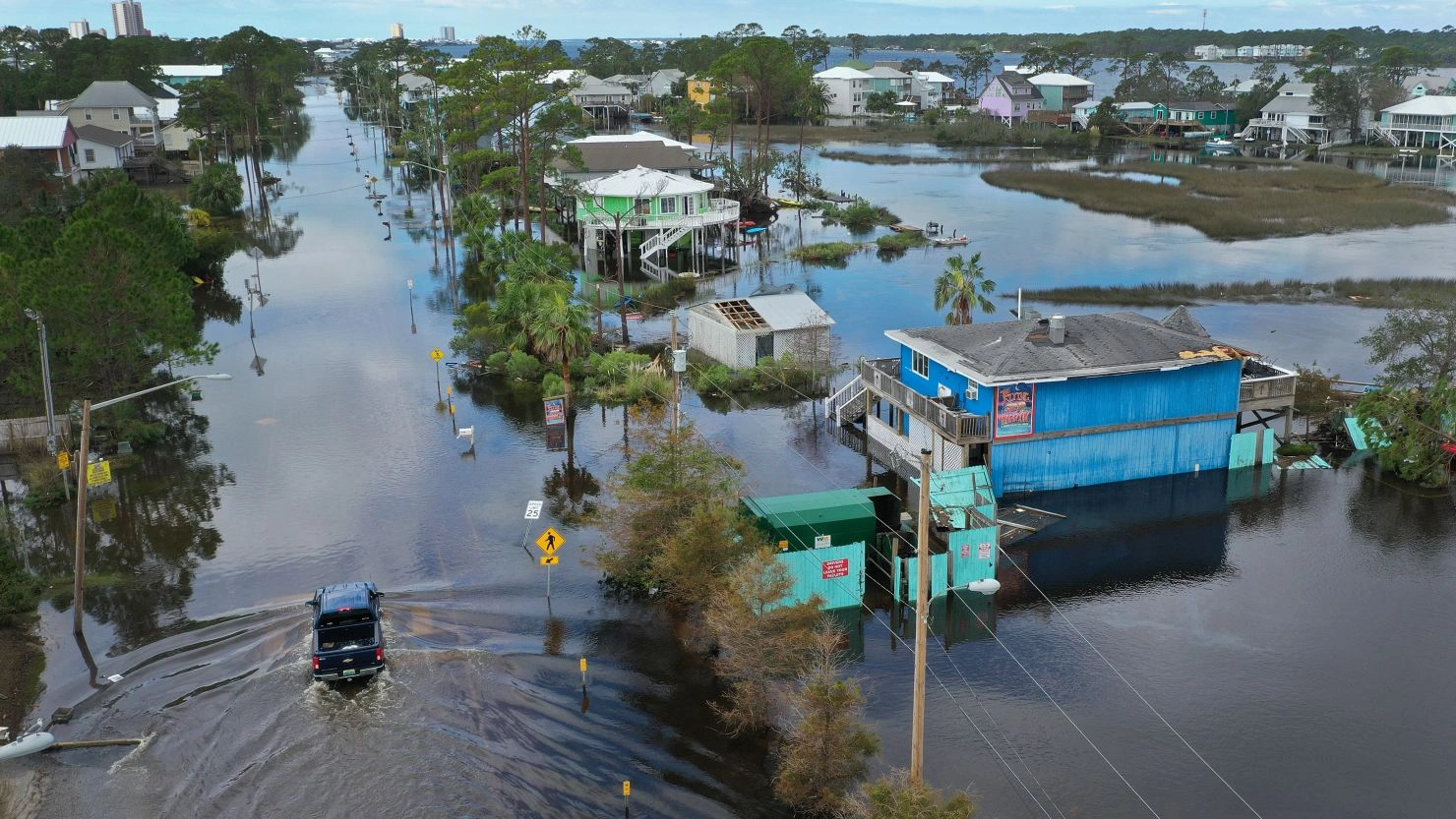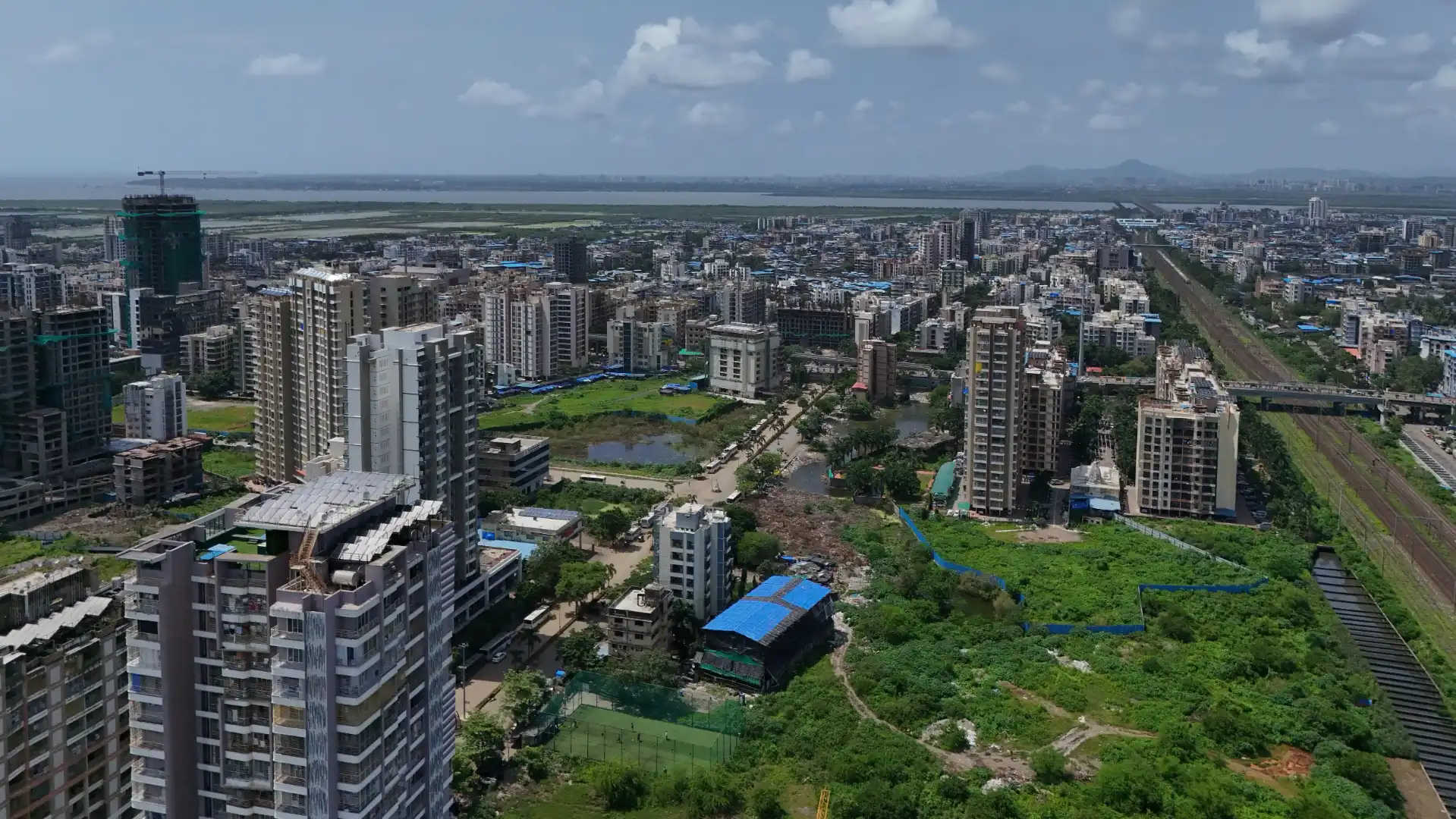Table of Content
- 1. Introduction: Climate Change and Real Estate
- 2. Impact of Rising Sea Levels on Property Values
- 3. Flooding and its Impact on Property Prices
- 4. Extreme Weather Events and Their Effect on Property
- 5. Real Estate in High-Risk Areas: A Financial Gamble
- 6. How Insurance Costs are Influencing Property Prices
- 7. How Investors Can Mitigate Climate-Related Risks
- 8. Government Regulations and Adaptation Policies
- 9. Future Outlook: What Investors Should Expect
- 10. Conclusion: Balancing Risks and Opportunities
Climate change is not only a pressing environmental issue but is also starting to affect real estate markets globally, especially in coastal and high-risk areas. Rising sea levels, floods, extreme weather events, and temperature shifts are having a significant impact on property values, with coastal and flood-prone regions facing the brunt of these changes. This article delves into the various ways climate change is affecting property values, what factors are at play, and how investors can mitigate risks.
1. Introduction: Climate Change and Real Estate
Climate change is altering the dynamics of real estate markets, particularly in coastal and high-risk areas prone to natural disasters. As sea levels rise and weather patterns become more unpredictable, property values in these regions are increasingly under threat. Investors and homeowners alike are beginning to factor climate-related risks into their real estate decisions, causing fluctuations in demand and pricing.
The increasing frequency of events such as hurricanes, floods, and heat waves makes climate risk a critical consideration in property investment. As a result, properties that were once highly desirable due to their scenic coastal locations are now subject to decreasing values and rising insurance premiums.
2. Impact of Rising Sea Levels on Property Values
One of the most direct consequences of climate change is the rise in sea levels, which is having a significant impact on real estate markets globally. Coastal areas, which have long been sought after for their views and proximity to water, are now considered high-risk. Rising sea levels are leading to increased flooding, erosion, and damage to properties, which is devaluing real estate in these areas.
Table: Coastal Cities Facing Rising Sea Levels
|
City |
Projected Sea Level Rise (by 2050) |
Impact on Property Values |
|
Mumbai, India |
0.5 to 1 meter |
High risk of devaluation |
|
Miami, USA |
1 to 1.5 meters |
Significant decline in demand |
|
Venice, Italy |
1 to 2 meters |
Property values already declining |
|
New York, USA |
0.5 to 1 meter |
Moderate to high risk |
|
Sydney, Australia |
0.5 to 0.8 meters |
Rising insurance, lower values |
Coastal properties are particularly vulnerable to rising sea levels, as frequent flooding can lead to damage and deterioration of infrastructure. This not only results in costly repairs but also discourages potential buyers, causing a dip in demand.
3. Flooding and its Impact on Property Prices
Flooding is another major consequence of climate change that significantly affects property values. In many coastal and low-lying regions, flooding events are becoming more frequent and severe. This has a direct impact on real estate as properties that are prone to flooding are often seen as less desirable due to the associated risks and costs.
Table: Top 5 Indian Cities Prone to Flooding
|
City |
Average Annual Flood Risk |
Impact on Property Values |
|
Mumbai |
High |
Significant decline |
|
Chennai |
High |
Moderate to severe decline |
|
Kolkata |
High |
Decline in coastal areas |
|
Kochi |
Moderate |
Lower demand for waterfront |
|
Surat |
Moderate to High |
Mixed impact |
Properties in flood-prone areas not only face physical damage but also require higher maintenance and insurance costs, making them less attractive to buyers. As flooding becomes more frequent, the potential for property value depreciation increases.
4. Extreme Weather Events and Their Effect on Property
Beyond rising sea levels and floods, extreme weather events like hurricanes, cyclones, and heat waves also play a role in reducing property values in high-risk areas. In India, regions prone to cyclones, such as the eastern coast, experience significant property damage that leads to devaluation.
These extreme events can damage infrastructure, disrupt local economies, and cause mass evacuations, all of which negatively impact real estate markets. Moreover, the uncertainty surrounding the timing and severity of these events can make it challenging for investors to gauge the long-term value of their properties.
5. Real Estate in High-Risk Areas: A Financial Gamble
Investing in real estate in high-risk areas is becoming increasingly seen as a financial gamble. While properties in scenic locations may offer initial high value, the risks of climate-related events, coupled with declining demand, can turn such investments into liabilities.
Investors must consider the long-term implications of climate change on property value, particularly in regions where natural disasters are frequent. Properties located in these areas may experience rapid devaluation over the next decade as climate change intensifies.
Also Read: Eco-Friendly Materials in Home Construction: A Guide to Sustainable Real Estate Development in India
6. How Insurance Costs are Influencing Property Prices
As the risk of climate-related disasters increases, so do insurance premiums for properties in high-risk areas. Coastal and flood-prone properties now require specialized insurance policies that come with higher premiums. These costs are often passed onto homeowners, making properties less affordable and further decreasing demand.
Table: Coastal Property Insurance Premiums
|
Region |
Average Premium Increase (last 5 years) |
Impact on Property Prices |
|
Indian East Coast |
20-30% |
Moderate to severe decline |
|
US Gulf Coast |
25-40% |
Significant drop in value |
|
European Coastal Areas |
15-25% |
Decreased buyer interest |
|
Australia East Coast |
20% |
Lower demand, higher costs |
In areas where insurance premiums are rising rapidly, many potential buyers are opting out of purchasing property altogether, leading to a saturation of unsold properties.
7. How Investors Can Mitigate Climate-Related Risks
Investors in coastal and high-risk areas can take steps to mitigate the impact of climate change on their properties. Here are some strategies to reduce risks:
- Invest in Resilient Infrastructure: Buildings designed to withstand extreme weather conditions are more likely to retain their value.
- Diversify Property Portfolio: Invest in properties located in low-risk areas to balance potential losses.
- Climate-Resilient Features: Install features like flood barriers, reinforced foundations, and energy-efficient systems.
- Stay Updated on Government Policies: Government initiatives focusing on climate adaptation can influence property value trends.
Table: Investment Strategies for Coastal Real Estate
|
Strategy |
Benefit |
|
Invest in resilient infrastructure |
Increases property durability |
|
Diversify property portfolio |
Reduces risk exposure |
|
Climate-resilient features |
Attracts eco-conscious buyers |
|
Monitor government regulations |
Adapts to changing policies |
By implementing these strategies, investors can not only protect their properties but also contribute to sustainable real estate development in vulnerable areas.
8. Government Regulations and Adaptation Policies
Many governments are beginning to recognize the impact of climate change on real estate markets and are introducing adaptation policies to address the risks. In India, for instance, coastal management policies are being developed to mitigate the effects of rising sea levels and flooding.
These regulations, along with investments in climate-resilient infrastructure, are key to safeguarding property values in high-risk areas. However, adaptation policies vary from region to region, and investors should stay informed about the latest developments to make informed decisions.
9. Future Outlook: What Investors Should Expect
The future of real estate in coastal and high-risk areas is uncertain. While some regions may experience a rebound in property values due to successful climate adaptation measures, others may continue to see devaluation as climate risks increase. Investors should be cautious and consider both short-term gains and long-term risks when investing in these areas.
10. Conclusion: Balancing Risks and Opportunities
Climate change is reshaping real estate markets, particularly in coastal and high-risk areas. Rising sea levels, floods, and extreme weather events are driving down property values, making it essential for investors to consider climate-related risks in their investment decisions. By adopting resilient infrastructure, diversifying portfolios, and staying informed about government regulations, investors can mitigate risks and make informed choices for the future
This article aims to provide a comprehensive guide for real estate investors to navigate the evolving landscape shaped by climate change. The impact of rising sea levels, floods, and extreme weather events is real, but by understanding and mitigating these risks, investors can still find opportunities in coastal and high-risk areas.
Also Read: How 3D Printing is Disrupting the Real Estate Construction Industry




_1767164061.webp)


Ans 1. Climate change is leading to increased risks such as flooding, rising sea levels, and extreme weather conditions, which are decreasing property values in coastal and high-risk areas.
Ans 2. Coastal areas are more vulnerable to rising sea levels and frequent flooding, leading to higher maintenance costs and lower property demand, negatively impacting their values.
Ans 3. High-risk areas include coastal regions, floodplains, and locations prone to hurricanes, wildfires, and extreme temperatures.
Ans 4. Recovery depends on government policies, mitigation efforts, and the severity of the damage. Properties in highly affected areas may continue to lose value over time.
Ans 5. Investors can mitigate risks by investing in climate-resilient properties, purchasing insurance, and focusing on sustainable building practices in these regions.
Ans 6. Strategies include elevating structures, using flood-resistant materials, and considering energy-efficient, sustainable building designs to reduce the impact of climate risks.
Ans 7. Yes, some governments are implementing policies such as improved building codes, flood control measures, and disaster relief funds to help property owners.
Ans 8. While coastal properties carry higher risks, strategic investments in climate-resilient buildings or areas with strong mitigation efforts can still be profitable.
Ans 9. Insurance premiums for properties in high-risk areas tend to be higher, and some insurers may limit coverage for climate-related damages.
Ans 10. Real estate in these areas is likely to experience fluctuating values, with long-term declines in regions that face repeated climate-related damage without adequate resilience strategies.